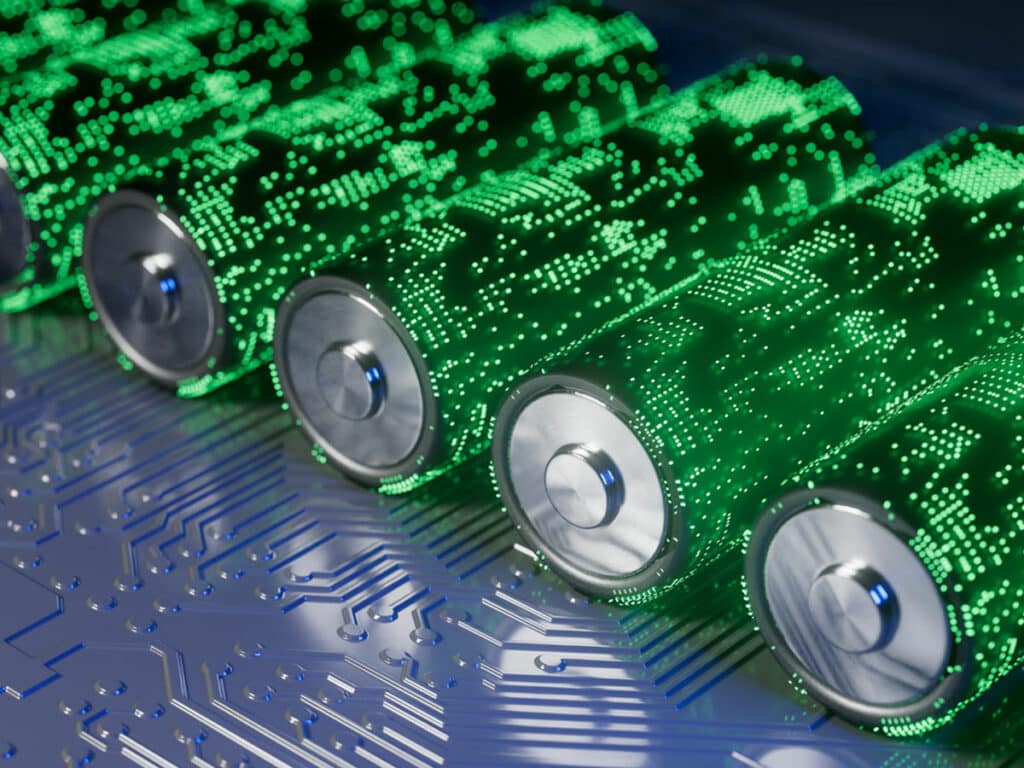The energy efficiency of a company’s production cycle affects both its operational costs and its environmental impact. In electronics assembly, component attachment represents the most energy-intensive operation on the line. This makes the energy budget for solder reflow especially important, and energy efficiency improvements especially impactful. As it turns out, improvements to energy efficiency – even drastic improvements – are made possible by one particular manufacturing approach: photonic soldering with PulseForge Digital Thermal Processing™.
Photonic soldering is a fundamentally efficient process, using only a fraction of the energy consumed by traditional methods for component attachment. Compared to a convection oven, for example, it consumes about 85% less energy. This means not only huge energy cost savings, but also the reduced CO2 emissions carbon footprint increasingly demanded by legislation and customers.
How is this energy saving achieved?
Minimal warmup time is required for photonic soldering. Switching between reflow profiles requires a few milliseconds – less time than it takes to dial in settings. Contrast this with conventional soldering methods, such as convection oven reflow, where profile changes typically require several minutes or more. This significant no-waste startup applies to every production cycle. It is equally significant when process adjustments are needed or when processing a small batch of product, allowing extra flexibility and manufacturing agility.
The difference in warmup time results directly from the physical mechanisms used to accomplish heating. In photonic soldering, heating occurs within microsecond-long pulses, with no energy used while the lights are off. In addition, the efficiency of photonic soldering is compounded by its rapid, precise, and localized heating capability. The extremely short process time required for photonic soldering minimizes external energy loss via conduction and convection, which makes photonic soldering an extremely energy-efficient process.
How does this affect the production environment?
For any thermal process, energy waste eventually ends up as heat. The line tools themselves are heated by the thermal process, and in turn, this heat energy either enters the workplace or is removed by an exchange system. Inside a PulseForge tool, heating is directed to the PCB, where it is required. This greatly reduces heating of the tool itself – in fact, the interior of the PulseForge tool remains at ambient temperature throughout production! As a result, photonic reflow allows HVAC costs to be kept to a minimum, and very little cooling is required to maintain a pleasant work environment.

Written by the PulseForge Applications Team
Contact Us
Please contact us at PulseForge to discuss your technical questions and production needs — we look forward to hearing from you.
pf.sales@pulseforge.com
+1 (512) 491-9500



